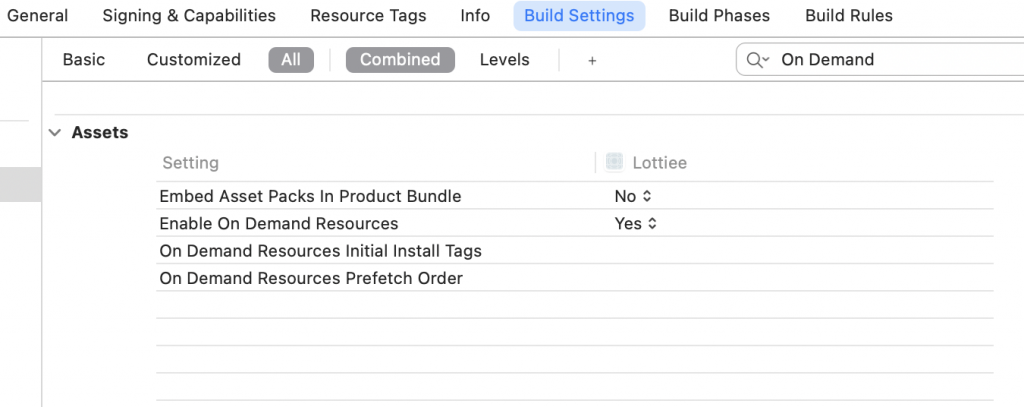Today, we will learn about App thinning in iOS, why it is important and how can we take advantage of this feature.
Basically, app-thinning is used to reduce the size of the app. There are many iOS devices in the market with different screen resolutions and screen sizes. App thinning helps the app to look good accordingly.
Multiple screens require assets (i.e. png, jpg, and PDFs) for each screen size but this results in a massive download for users.
Before Appthinning iOS forced the user to download the entire app file(i.e. images), which they would never use it.
To make your app quick to download make sure that users have enough space as well as optimize the entire experience.
With the concept of app-thinning, the user does not have to download the assets which are not meant for their device screen size. Hence reducing the app download size.
3 ways of App thinning in iOS
App-thinning can be done in three ways which are:
- App Slicing
- Bitcode
- On Demand Resource
We will now discuss the above ways of App Thinning.
App Slicing:
According to Apple:
“Slicing is the process of creating and delivering variants of the app bundle for different target devices.“
Here is a brief description of Apple’s description on App Slicing.
App Slicing delivers only relevant files according to devices(architecture, screen resolution, etc). even app slicing handles a major part in app-thinning.
When you upload the .IPA file to iTunes Connect, then App store slices the app and creates specific variants for each device depending on their capabilities.
So you get your specific variant of the sliced variant when you download the app from the App Store.
Bitcode:
Bitcode is a second way of app-thinning.
This is a new way of optimizing the app before downloading the app. It makes the app as efficient and fast as possible on whatever device they’re running.
It will compile the app for the recent compiler and optimize it for specific architectures (i.e. arm64 for 64-bit processors ).
BitCode optimizes the app by removing the optimizations made for the other devices, thus making the app size smaller.
Bitcode can be enabled from the project settings under Build Settings.

On-Demand Resources:
On-Demand resources are the last way of App-thinning. ODR are files that can be downloaded after the app installation.
We will understand this by an example.
Suppose you have developed a game app, if the player has not reached the specific level that level resources are not downloaded with the app installation.
If the user reaches a certain level the app can demand the resources.

How App-Thinning in iOS helps
Collecting all the resources and data which are not relevant for your device resolution, architecture, and need of the application is just maniac and unrelevant.
App-thinning helps in reducing the app size according to your device, objective of the application, and architecture.
Here is the official documentation from Apple, please check
To read more blogs click here

Be the first to comment.